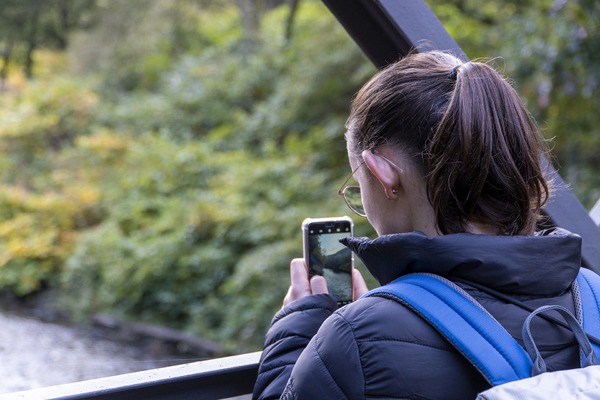
Students can have difficulty recognizing examples of course concepts in the real-world. They particularly struggle with phenomena that are ambiguously defined, have mimics, or are hard to distinguish from other phenomena. Students can better explore and understand these phenomena in situ. Unfortunately, short class periods, students’ full schedules, and limited resources hinder classic fieldtrips. So, I created Walkabout, which gives students experiences observing and analyzing in situ phenomenon in the surrounding environment during class periods. Walkabout aligns with elements of active learning, experiential learning, and adventure education. In Walkabout, students learn about and discuss the key characteristics of a concept or phenomenon using pre-class readings, reading responses, and class discussion of classic examples. Then, students leave the learning space to walk outside, identify, and photograph examples of the phenomenon. They return to the classroom or online learning space having selected their best example, which they present to the class and engage in a discussion of how well it represents the phenomenon. This activity can be applied to any course topic that discusses real-world phenomena that are easily observable in the environment surrounding the learners but are difficult to identify or define. Instructors can use it with in-person or online classes, synchronously or asynchronously, and in high-tech, low-tech, and no-tech learning environments. Walkabout helps to scaffold student learning, allows students to practice applying difficult concepts, and creates a more inclusive learning environment. It energizes students, helps them learn from each other, and keeps them engaged and focused in a way they enjoy.
Primary Image: A picture of a student using a smartphone to take a photograph of nature.